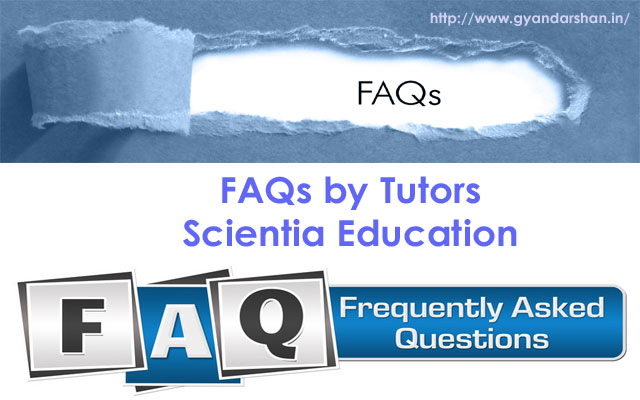MCQ on Ac Generator
MCQ on Ac Generator
Q1: An alternator is an electromechanical ac generator.
- True
- False
Answer: (B) False
Q2: In A.C generator increasing the no. of turns in the coil
- Decreases the Electromotive force (EMF)
- Electromotive force (EMF) remains the same
- Increases the Electromotive force (EMF)
- Electromotive force (EMF) becomes zero
Answer: (c) Increases the Electromotive force (EMF)
Q3: The Electromotive force (EMF) developed by the generator depends upon
- Area of rotating wire
- length of rotating wire
- Radius of wire
- size of magnet
Answer: (b) length of rotating wire
Q4: The metal detectors installed at airports and other places for security purpose are based on the principle of
- potential difference
- electromagnetic difference
- electromagnetic induction
- potential energy
Answer: (c) electromagnetic induction
Q5: If the coil is placed perpendicular to field lines then the number of lines passing through the coil is
- Minimum
- maximum
- zero
- maybe maximum or minimum
Answer: (b) maximum
Q6: In alternative current generator, AC current reverses its direction
- 10 times per second
- 20 times per second
- 60 times per second
- 50 times per second
Answer: (d) 50 times per second
Q7: Name two main parts of an AC generator
- Stator
- Rotor
- Both 1 and 2
- None of these
Answer: (c) Both 1 and 2
Q8: AC generator converts
- Mechanical energy to electrical energy
- Electrical energy to mechanical energy
- Heat energy to mechanical energy
Answer: (a) Mechanical energy to electrical energy
Q9: What replacement is required to convert an AC generator to DC generator?
- Concave magnets with horseshoe magnets
- Armature with coil
- Slip rings with split rings
- None of the above
Answer: Slip rings with split rings
Q10: The direction of induced emf or current is indicated by
- Fleming’s left-hand rule
- Fleming’s right-hand rule
- Faraday’s law of electromagnetic induction
- None of these
Answer: (b) Fleming’s right-hand rule





